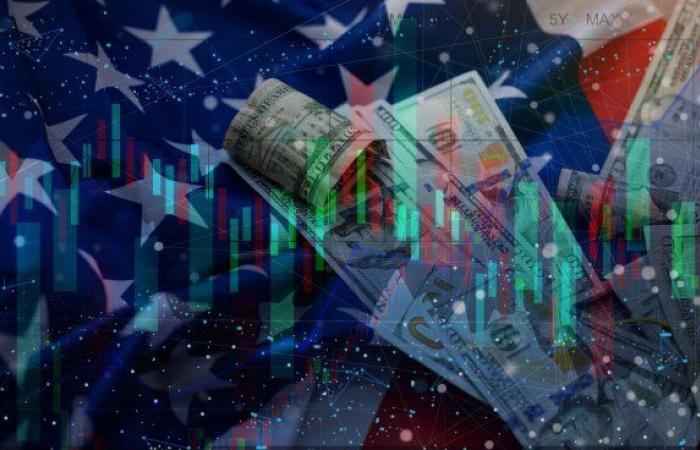Price performance improved but, of course, the problem did not go away. Maintaining rates for longer where the last increase left them, in July of last year, is the recipe that best suits Powell. Wall Street has already passed the April scare. And there are no credit chips.
The patience of Jay Powell This week he collected his first effective reward. He had to wait until he saw the May registrations, but it was worth it. April had already shown a slight improvement compared to the sharp jump in prices from January to March, although its numbers were not satisfactory either. If the FED labeled it as progress it was out of convenience rather than out of true conviction. It is simply not willing to change the monetary policy dial of 5.50% (the last rate adjustment happened eleven months ago) even though the data is temporarily elusive. Month to month information is volatile. Paying too much attention to their ups and downs can be misleading. For this reason, Powell ignored the crescendo of the first quarter, which is also not elegant (and should have been made up in the official speech). Mayo finally gives him the perfect alibi. And she agrees with him.
The content you want to access is exclusive to subscribers.
to subscribe I am already subscribed
Inflation, one could say at a glance, vanished. Consumer prices – the general index – did not change. Wholesalers fell 0.2%. Import prices (-0.4%) and export prices (-0.6%) also fell. The decline in energy values helped greatly. And the surprise announcement by OPEC plus to moderate its production cuts removes a scenario of rapid recovery from the scene. Inflation, of course, did not go away. It remains if 16% of the extreme observations are removed from the retail average (+0.1%) or if the measurement is taken without energy or food (+0.2%). Or the central value that divides all variations in consumer prices into two samples of equal size, the median, which increased 0.2%. All these measurements, however, are the lowest in the last six months. This is progress that cannot be disputed.
Powell advocated not overreacting to the unforeseen virulence of inflation at the beginning of the year. And the April-May two-month period confirms that it was not on a whim. Nor is he going to exaggerate now the relevance of a specific decompression. Maintaining rates for longer where the last increase left them, in July of last year, is the recipe that suits you best. Inflation, Powell said in the press conference after last week’s meeting, is still too high to implement the rate cut anticipated in the dotted map. More reports like the one from May would serve to clear the way. Or maybe a real shock. “Our plan is not to wait for things to break and then try to fix them.” The 272 thousand net jobs created in May – or the 249 thousand on average over the last three months – do not suggest anemia or lack of iron. Wall Street breaks record after record, before and after knowing the inflation numbers. The April scare is over. And there are no credit chips.
A single rate increase in the remainder of the year?
The FED raised its inflation projections for 2024 by a couple of tenths (to 2.6%) and its estimate of the long-term equilibrium interest rate (to 3%). The median of its new point map – which compiles the opinions of 19 governors and district presidents (including Powell’s own) – now contemplates a single rate cut for the remainder of the year. And no longer three as in its March version. But the variance is great. Whoever says one can say two. Seven wills advocate for a single cut and eight advocate for two. If the median is only an intervention, it is because the four remaining officials prefer not to touch anything in 2024.
Starting the losses this year is the position that prevails due to a high difference (15 to 4). But when? What defines is not the calendar but the data. Or rather the accumulation of data. And that need to first cross a critical threshold of evidence gives September more chances than July. The presidential election, on November 5, in turn, tends to favor November and, above all, December 18 to release the mower. But, it is worth keeping in mind, if the nature of the indicators is not substantially modified, the declines will extend to 2025.
Wall Street doesn’t need rates to fall to reach new heights. Just follow the boards to see it. He set records before the FED meeting (and knowing the fate of inflation) and also surpassed them afterwards. In any case, the decline in long rates paves the way for it. But the procession goes inside. Participation shrank to a minimum. Only a handful of papers advance. Volatility is asleep like well water. And yet the average stock is sinking. The Russell 2000, the basket of small companies, 1% in the week and more than 4% in the last month. That is why there is no euphoria and there is a growing concern due to the obvious lack of adequate circulation.


